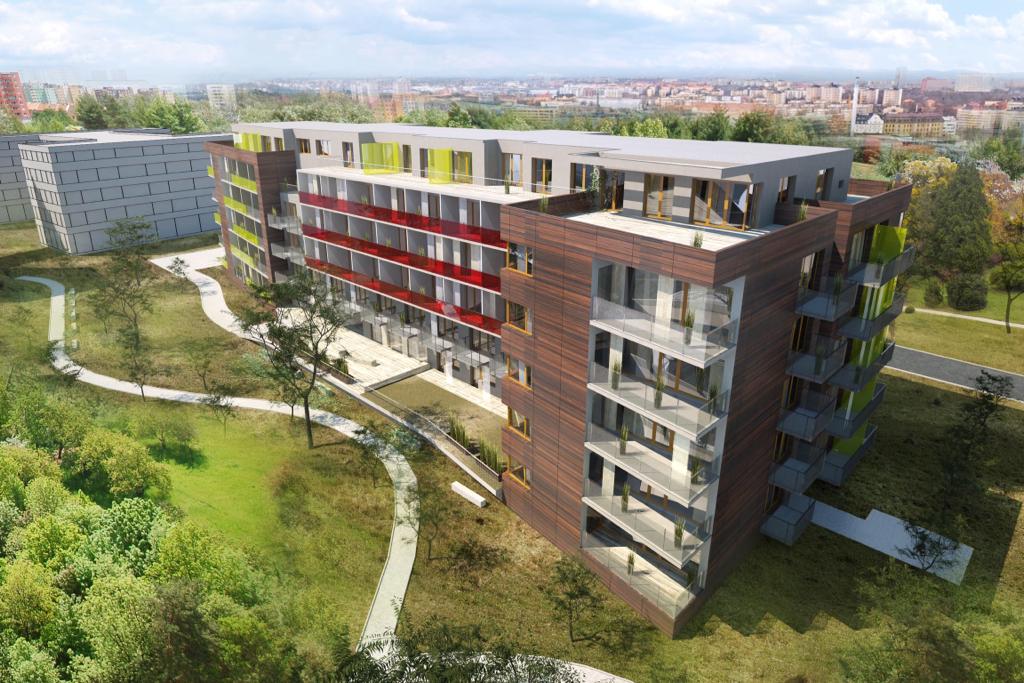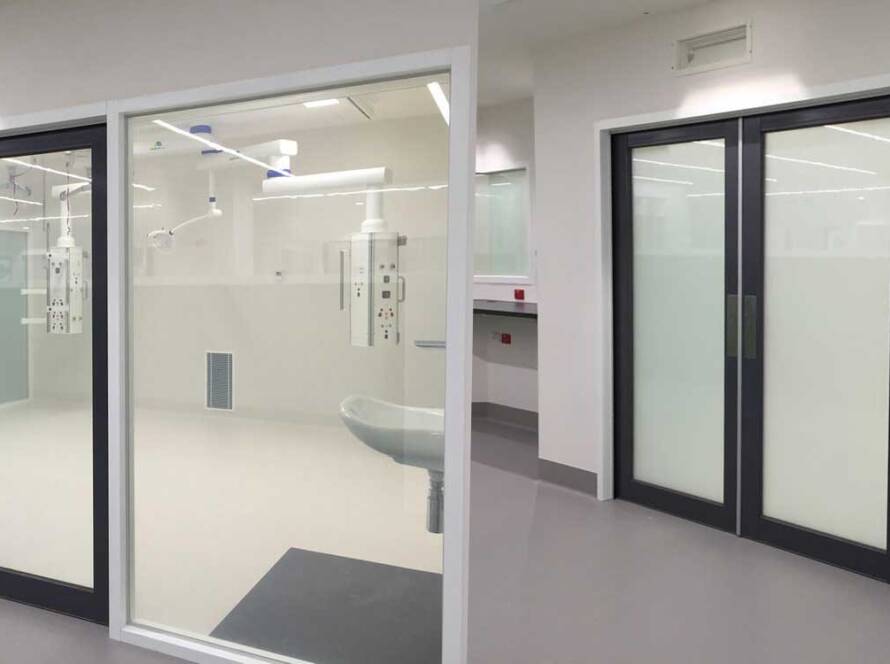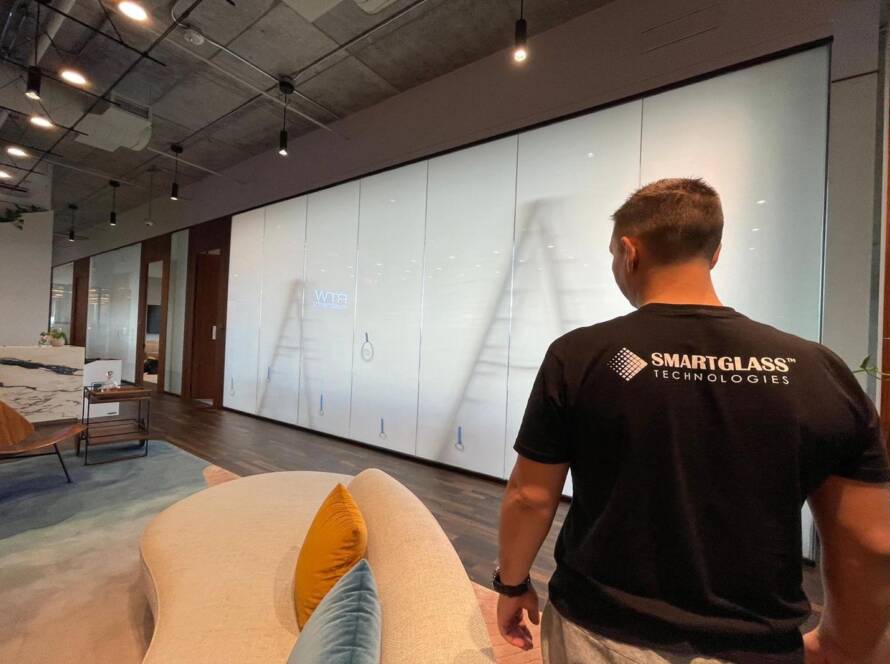In the realm of architectural design, the quest for creating distinctive and awe-inspiring spaces is a constant endeavor. An essential element in achieving this goal is the innovative use of materials that not only serve functional purposes but also elevate aesthetics. Laminated decorative architectural glass is one such material that offers a plethora of benefits. In this blog post, we will explore the advantages of using this remarkable glass, which has the power to transform spaces into unique and visually stunning environments.

- Versatile Design Options:Laminated decorative architectural glass opens up a world of design possibilities. With advancements in technology, it is now possible to create customized patterns, textures, and images that can be integrated into the glass. From intricate geometric designs to nature-inspired motifs and abstract art, the options are virtually limitless. This versatility allows architects and designers to infuse their creative vision into spaces, making them truly one-of-a-kind.
- Enhanced Aesthetics:Decorative architectural glass serves as a captivating focal point in any space. It adds a touch of elegance, sophistication, and visual interest, elevating the overall aesthetics of the environment. Whether used in windows, doors, partitions, or as decorative elements, laminated glass creates a sense of luxury and exclusivity. Its unique patterns and textures create a play of light and shadows, adding depth and dimension to the space.
- Natural Light Optimization:Maximizing natural light is a key consideration in architectural design, as it enhances the ambiance and mood of a space. Laminated decorative glass can be tailored to control the amount of light transmission, allowing architects to strike the perfect balance between natural illumination and privacy. This optimization of natural light not only reduces the need for artificial lighting but also creates a bright and inviting atmosphere that contributes to the comfort and well-being of occupants.
- Safety and Durability:Laminated architectural glass consists of two or more layers of glass bonded together with an interlayer, usually made of polyvinyl butyral (PVB). This construction lends the glass superior strength and safety features. In the event of breakage, the interlayer holds the glass fragments together, preventing them from shattering and minimizing the risk of injuries. This inherent safety feature makes laminated glass an ideal choice for spaces where safety is a priority, such as commercial buildings, educational institutions, and public areas.
- Acoustic Insulation:In environments where noise reduction is crucial, laminated decorative architectural glass acts as an effective sound barrier. The interlayer material used in laminated glass helps to dampen and absorb sound, reducing noise transmission from one space to another. This acoustic insulation enhances the comfort and tranquility of the occupants, making it particularly advantageous in office spaces, hotels, healthcare facilities, and residential buildings located in noisy areas.
- UV Protection:Laminated decorative glass can also provide protection against harmful ultraviolet (UV) radiation. The interlayer in the glass can be engineered to block a significant portion of UV rays, minimizing the fading and damage caused to interior furnishings, artworks, and flooring by prolonged exposure to sunlight. This UV protection not only helps preserve the longevity and integrity of the space but also ensures a healthier and more comfortable indoor environment.
Conclusion:Laminated decorative architectural glass offers a multitude of benefits that go beyond mere functionality. With its versatility in design options, enhanced aesthetics, natural light optimization, safety features, acoustic insulation, and UV protection, this glass has the power to transform spaces into captivating works of art. By incorporating laminated decorative glass, architects and designers can create environments that are not only visually stunning but also promote comfort, well-being, and an unforgettable experience for the occupants.




